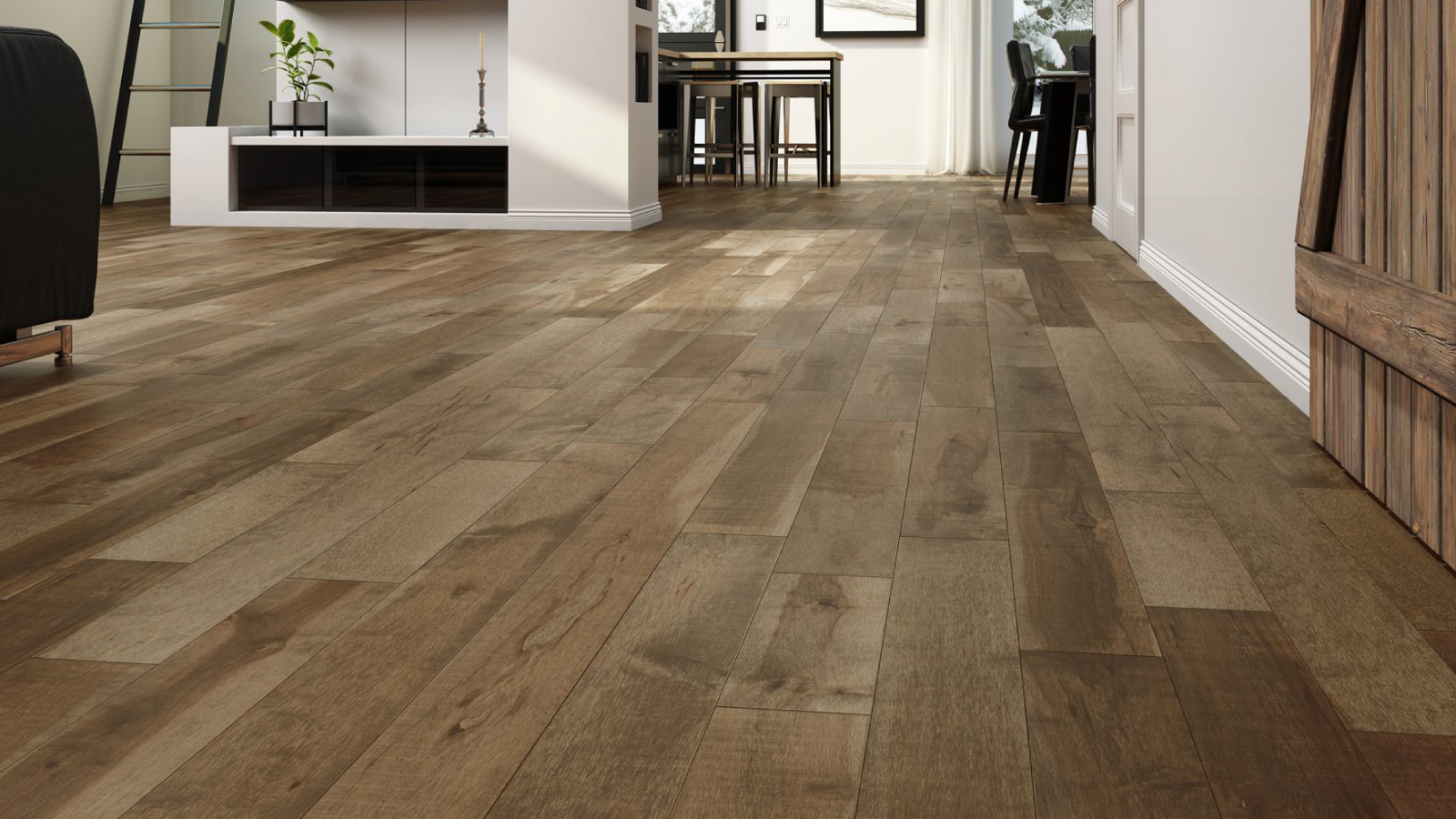our woods
Engineered Wood
Engineered wood flooring is an exciting alternative to solid hardwood flooring. Simply put, engineered flooring is a sandwich of finish wood and plywood. The finish wood is what you see and walk on, while the plywood underneath comprises 75 percent or more of the flooring.
It's the plywood that distinguishes engineered wood flooring from solid hardwood. Each ply runs perpendicular to its adjacent ply, giving dimensional strength to the sandwich. This means that engineered wood flooring stands up well to areas with light moisture, such as basements and bathrooms.
Another great thing about engineered wood is the range of installation options. The thinner varieties can be nailed down; the thicker kinds can be installed as floating floors. Floating floors are the great boon to do-it-yourselfers because they require no nails or screws and usually need only minimal subfloor prep. As long as your existing floor is flat and stable, you can install the floating floor right on top.
Engineered wood flooring's greatest weakness is its thin top layer. Remarkably, this 1/16- to 1/8-inch finish layer can be sanded, but only once or twice—three is pushing it. In any case, you should seek the advice of a reputable flooring company before sanding. Unlike solid hardwood, deep scratches and dents in engineered wood cannot be sanded out.

